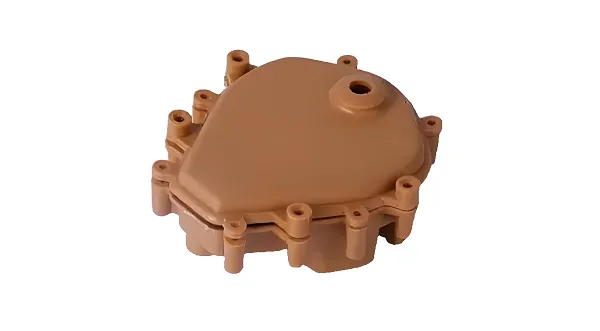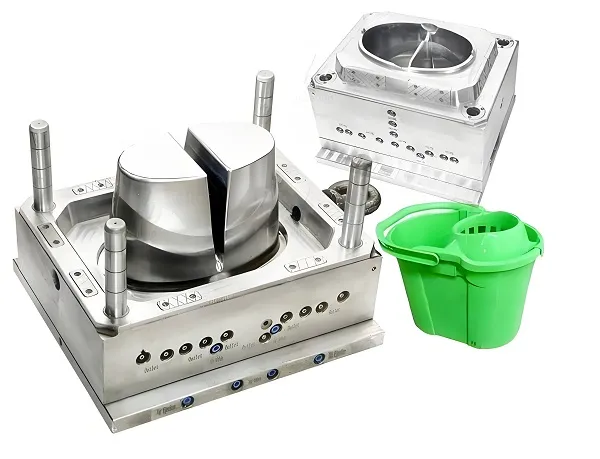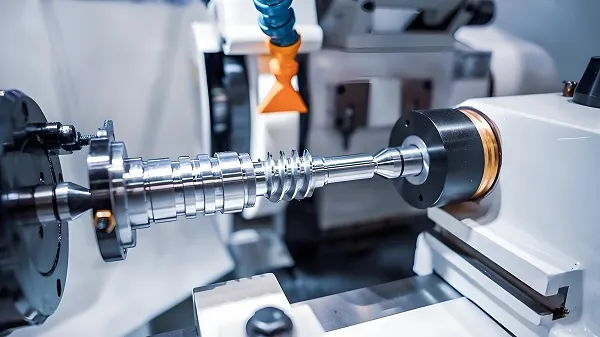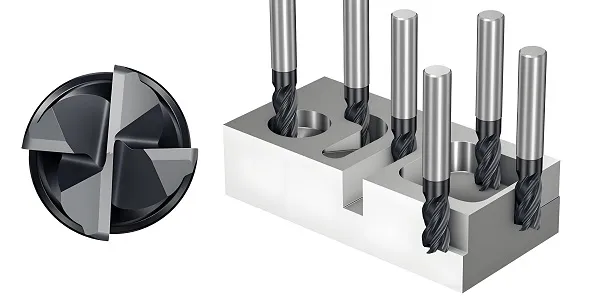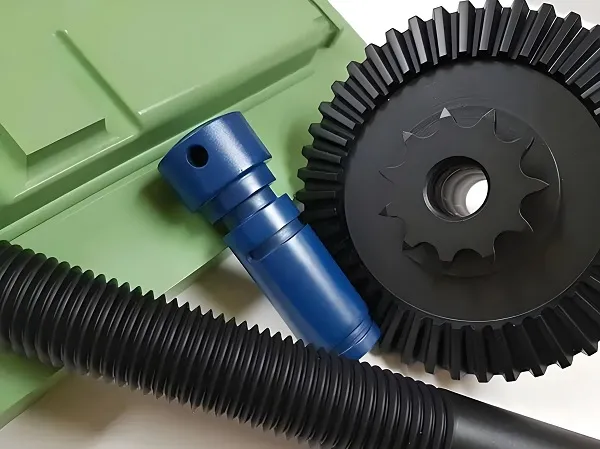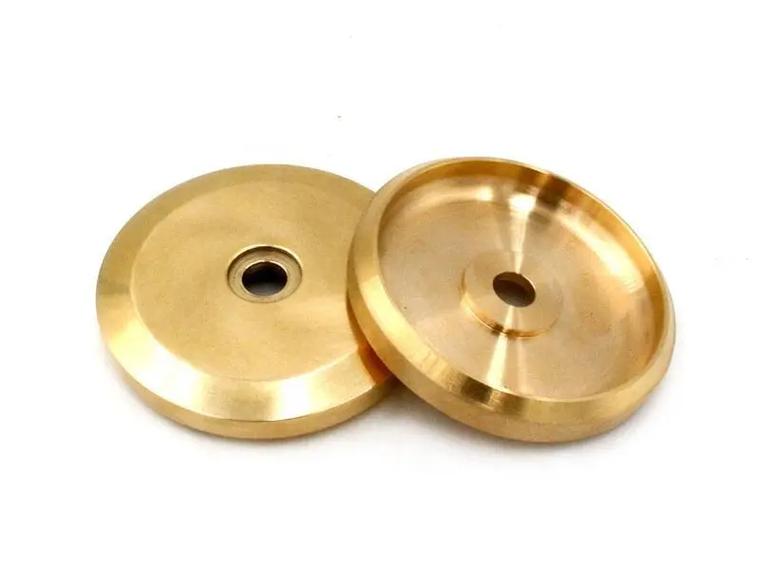
Ⅰ.Core Brass Material Properties & Advantages
|
Brass Grade
|
Density (g/cm³)
|
Tensile Strength (MPa)
|
Hardness (HV)
|
Conductivity (IACS%)
|
Salt Spray Resistance (h)
|
Core Advantages
|
Typical Certifications
|
|
H65
|
8.40
|
390
|
100
|
28
|
≥800 (nickel-plated)
|
Easy machining, cost-effective
|
EN 12164
|
|
H70
|
8.50
|
410
|
120
|
26
|
≥1000 (gold-plated)
|
High gloss, low stress corrosion
|
ASTM B134
|
|
HPb59-1
|
8.50
|
420
|
130
|
24
|
≥600
|
Self-lubricating, ideal for complex shapes
|
RoHS
|
|
HSn62-1
|
8.45
|
380
|
110
|
22
|
≥1200
|
Seawater resistance, wear-resistant
|
ISO 4274-1
|
Customization Core Requirements
- Precision Demands: Dimensional tolerance as tight as ±0.005mm (e.g., aerospace connectors), surface roughness Ra≤0.2μm for mirror-finish parts.
- Functional Needs: Electrical contact resistance ≤5mΩ (electronic components), pressure resistance ≥10MPa (hydraulic fittings).
- Environmental Adaptability: Neutral salt spray test ≥720h (outdoor hardware), stable performance at -40℃~120℃ (automotive parts).
II.Key CNC Machining Technologies for Brass
1. CNC Turning & Milling
- Advantages: 5-axis CNC systems achieve one-step machining of complex geometries (e.g., spiral grooves, eccentric shafts) with accuracy ±0.003mm. For micro-parts (diameter ≥0.5mm, like watch pins), spindle speeds reach 8000-12000rpm.
- Process Parameters: Feed rate 0.05-0.3mm/r, cutting fluid (water-soluble type) to reduce thermal deformation (≤0.003mm).
2. Surface Treatment
|
Process
|
Application
|
Technical Highlights
|
|
Gold/Silver Plating
|
Electronic connectors
|
Plating thickness 0.1-3μm, contact resistance reduced by 30%
|
|
Mirror Polishing
|
Luxury decor
|
Ra≤0.1μm, glossiness ≥90GU
|
|
Passivation
|
Medical parts
|
Chromium-free film (2-5μm), compliant with ISO 13485
|
3. Quality Inspection
- Precision Testing: Coordinate Measuring Machine (CMM) checks geometric tolerances (roundness ≤0.002mm, perpendicularity ≤0.005mm).
- Functional Testing: Tensile tests (yield strength ≥200MPa), helium leak detection (leakage ≤1×10⁻⁹ mbar·L/s for sealed parts).
Ⅲ.End-to-End Customization Process
1. Design & Material Selection
- Structural Optimization: Use FEA (ANSYS) to simulate stress distribution—e.g., optimizing stepped shaft fillets (R≥0.5mm) to extend fatigue life by 40%.
- Material Matching:
-
- Electronics: H70 brass (high conductivity) + gold plating for connectors.
-
- Marine: HSn62-1 (seawater resistance) for shipboard fittings.
2. Production & Delivery
- Rapid Prototyping: 3D-printed brass samples in 24h, CNC first-piece machining in 3 days.
- Mass Production: Automated lines (truss robots) achieve 5000pcs/day for standard parts, with 20% faster delivery via smart scheduling.
3. Quality Assurance
- Tests: Neutral salt spray (≥720h), 冷热循环 (-40℃~80℃, 50 cycles), and wear resistance (≤0.005mm/1000h).
- Certifications: ISO 9001, RoHS, REACH—meeting global market standards.
Ⅳ.Typical Application Scenarios
- Electronics: H70 brass connector pins (CNC turned, gold-plated 3μm) with insertion loss ≤0.1dB (10GHz), adapt to high-density PCBs.
- Automotive: HSn62-1 fuel line connectors (CNC milled) with pressure resistance ≥15MPa, resist gasoline corrosion (volume change ≤2%).
- Medical: HPb59-1 surgical instrument shafts (passivated, Ra≤0.4μm) compliant with USP Class VI, ensure sterilization safety.
- Luxury Goods: H65 brass watch crowns (mirror-polished, rose gold-plated 2μm) with 0.05mm-deep LOGO engraving (accuracy ±0.01mm).
Ⅴ.Technology Selection Guide
|
Requirement Type
|
Preferred Tech Combination
|
Brass Grade
|
Core Indicators
|
Delivery Cycle
|
|
Ultra-Precision Electronics
|
5-axis CNC + Gold Plating
|
H70
|
±0.005mm, ≤3mΩ
|
5 days (proto), 25 days (mass)
|
|
Marine Corrosion-Resistant
|
CNC Milling + Passivation
|
HSn62-1
|
≥1200h salt spray
|
7 days (proto), 30 days (mass)
|
|
Luxury Decor
|
Precision Turning + Polishing
|
H65
|
≥90GU glossiness
|
6 days (proto), 28 days (mass)
|

